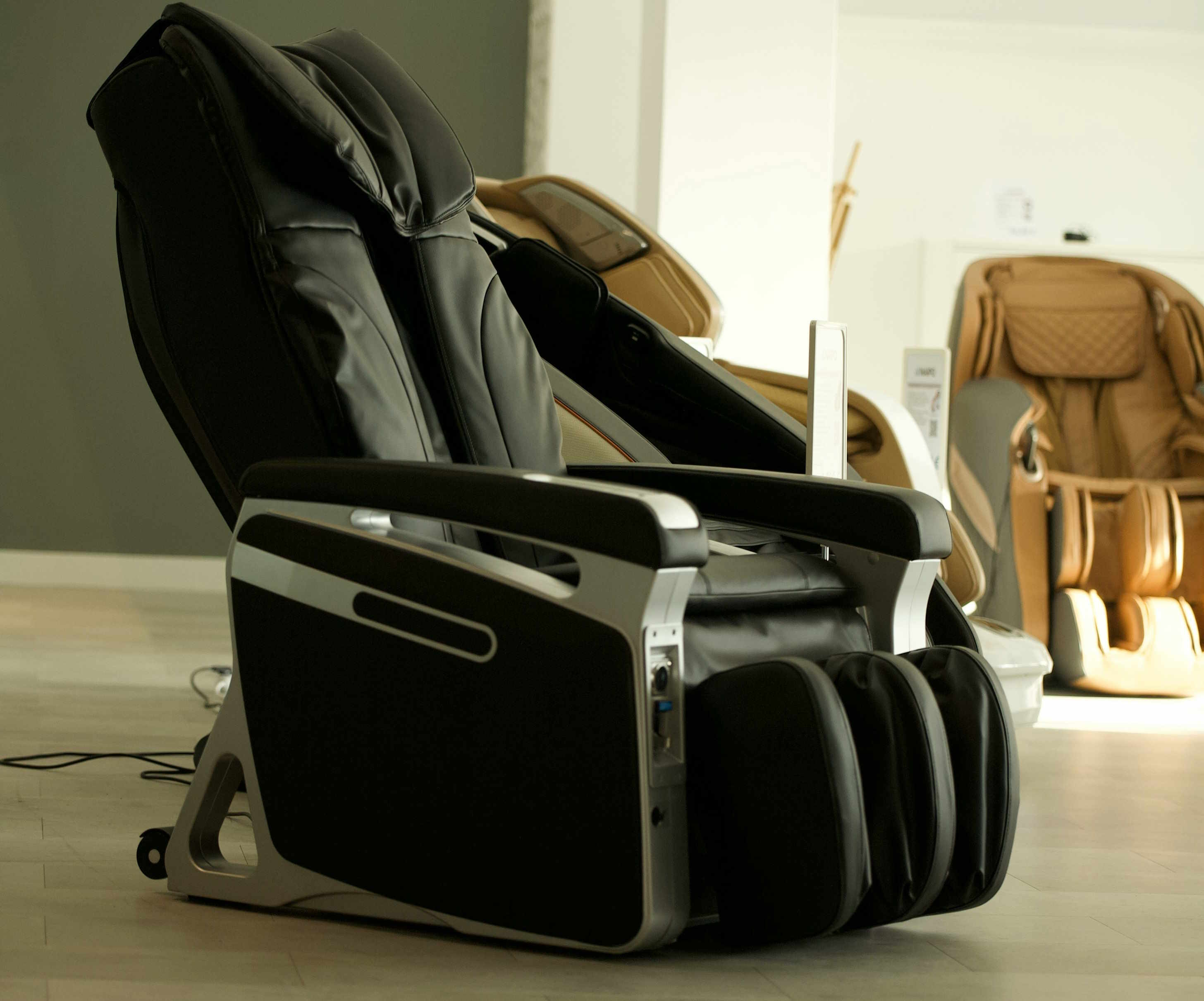Massage Chairs for Home: Furniture Options for Relaxation and Therapy
Massage chairs combine mechanical design with ergonomic furniture features to bring hands-free massage into the home. They vary from compact seat attachments to full recliners that mimic professional techniques, and many models target relaxation, muscle relief, or gentle therapy. This article explains how massage chairs work, how they fit into home furniture plans, their relaxation and therapeutic roles, and practical tips for choosing and locating local services or retailers.

This article is for informational purposes only and should not be considered medical advice. Please consult a qualified healthcare professional for personalized guidance and treatment.
What is a massage chair and how does it work?
A massage chair is a furniture product designed to deliver automated massage using rollers, airbags, vibration, and heat elements. Inside the chair, motor-driven rollers trace the spine and massage different muscle groups while airbags inflate to compress limbs and shoulders. Programs range from simple vibration to patterned sequences that imitate kneading, tapping, or shiatsu. Many chairs include adjustable intensity, zones, and timers so users can customize sessions. Understanding basic mechanisms helps set realistic expectations: they offer mechanical stimulation that can complement manual massage but do not fully replicate a trained therapist’s hands.
How do massage chairs fit into home furniture and layout?
As furniture, massage chairs vary in size and visual style—from compact single-seat units to large recliners that dominate a room. Consider dimensions, clearance for recline, and how the chair’s materials (leather, fabric, synthetic) match existing décor. Placement near a power outlet and on a sturdy floor surface is important; some full-size chairs require several inches behind them to fully recline. For multi-use living spaces, look for models with smaller footprints or those designed to blend with other upholstery. Treat the chair like any significant furniture piece: measure, compare styles, and plan for delivery and setup.
Can massage chairs support relaxation and stress relief?
Massage chairs are commonly used for relaxation by providing rhythmic touch and warmth that many people find soothing. Regular short sessions can help lower tension in shoulder, neck, and back muscles and promote a sense of calm after a busy day. Many chairs include heat or calming program sequences intended to enhance relaxation. Results vary by individual and session length; psychological factors such as comfort, posture, and environment play a role. For best results, pair chair use with a quiet, comfortable room and simple routines that encourage regular relaxation without relying solely on the device.
What therapeutic benefits can massage chairs offer?
Massage chairs can contribute to symptom management for sore muscles, mild stiffness, and circulation by stimulating soft tissues and encouraging blood flow. Air compression may help reduce limb swelling for some users, while heat can temporarily ease muscular tension. Chairs are not medical devices for diagnosing or treating serious conditions, but they can be part of a broader self-care or wellness plan. Users with chronic pain, circulatory problems, recent injuries, or certain medical conditions should consult a healthcare professional before regular use to ensure the chair’s functions are appropriate and safe for their specific needs.
How to choose a massage chair and find local services or retailers
Selecting a chair involves balancing features, size, warranty, and service. Prioritize the body areas you most want treated (neck, lower back, full body) and look for adjustable programs and intensity. Check materials for hygiene and durability, and verify power requirements and return policies. For shopping and support, investigate local services and authorized retailers in your area that offer in-person demonstrations, delivery, and setup. Reviews and third-party testing can be helpful, as can confirming warranty coverage and available repair or maintenance services. If hands-on testing isn’t possible, look for clear trial or return terms.
Conclusion
Massage chairs offer a range of mechanical techniques and furniture options that can enhance relaxation and complement simple therapeutic routines at home. They are available in many sizes and configurations, making it possible to integrate one into different living spaces and lifestyles. While they can help relieve muscle tension and support wellbeing for many users, they are not a substitute for professional medical care where that is needed. Evaluating features, dimensions, and local service options will help match a chair to personal needs and home context.






